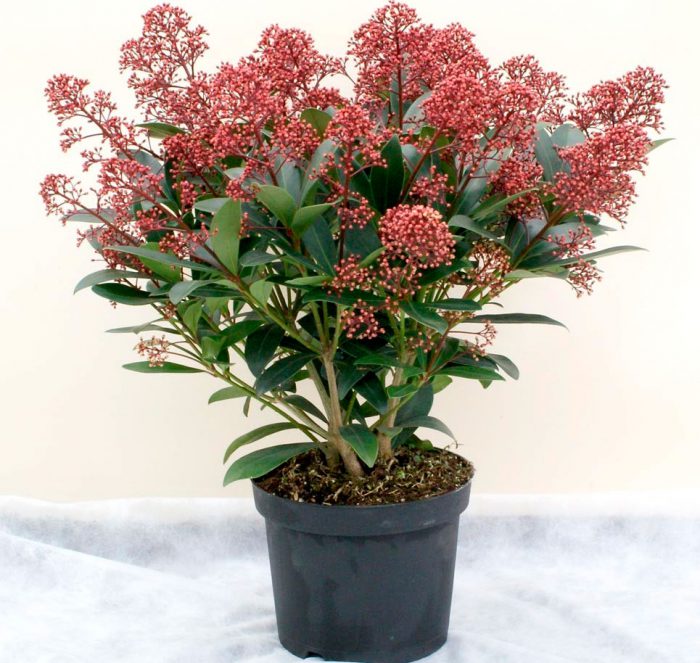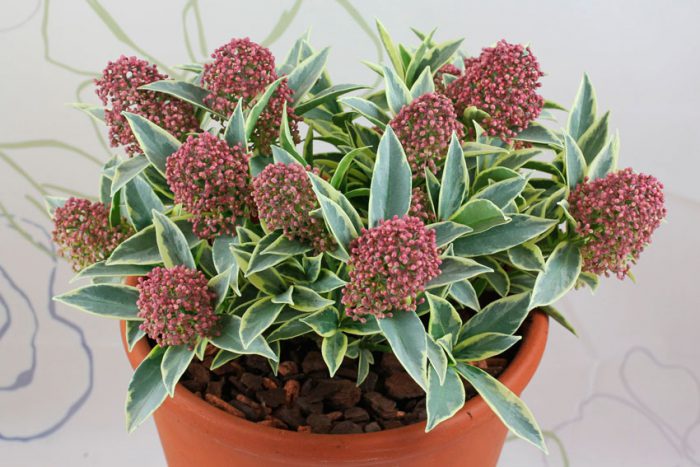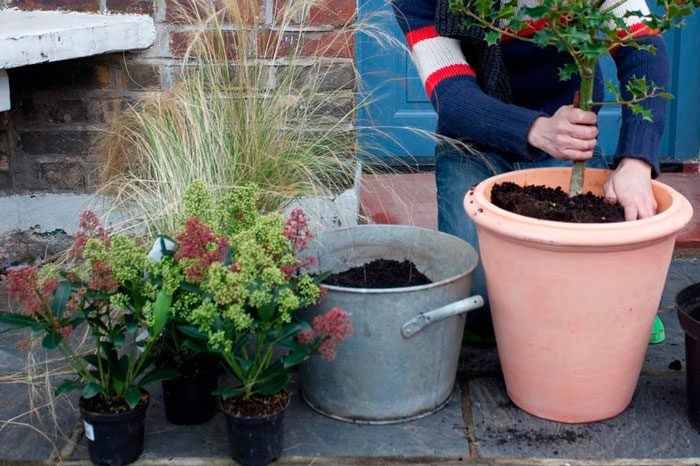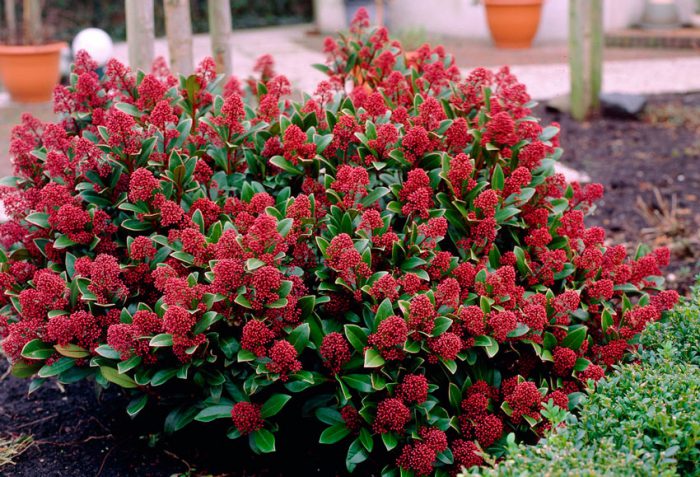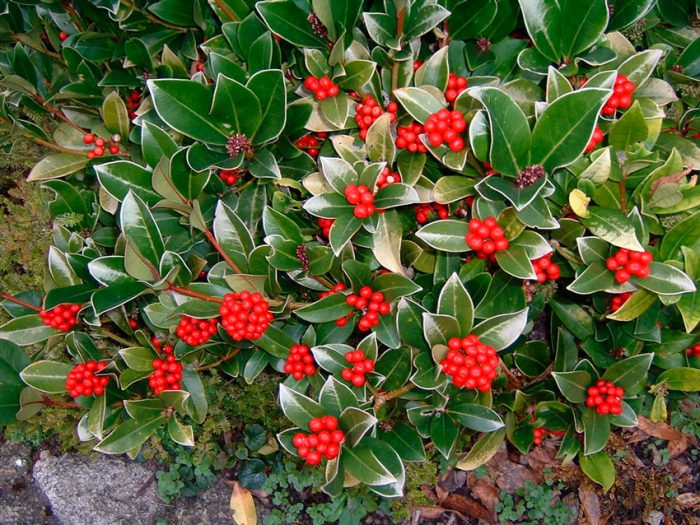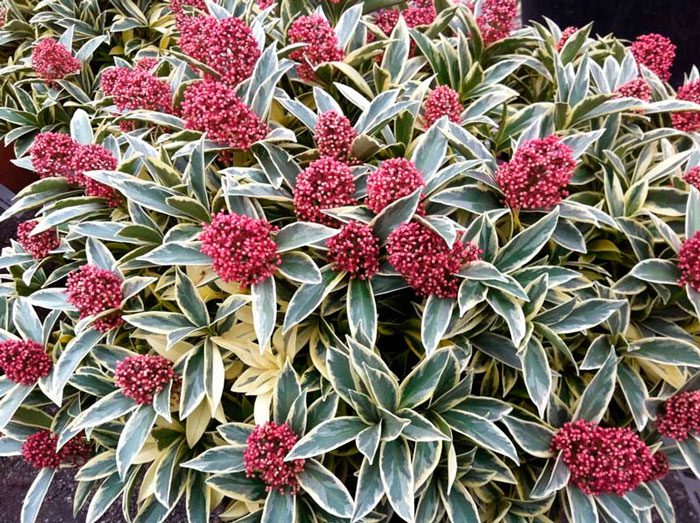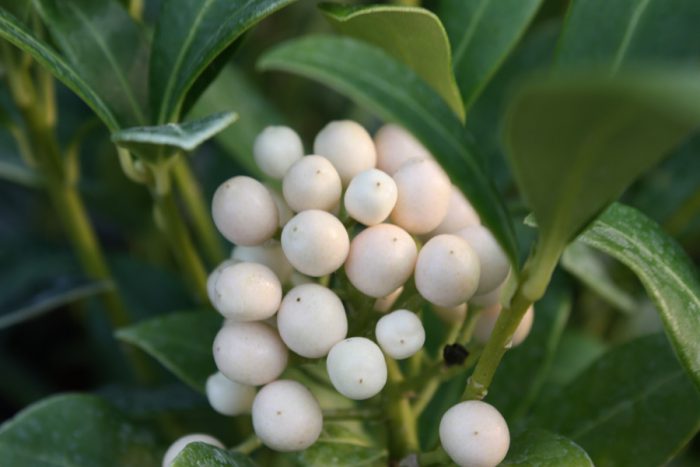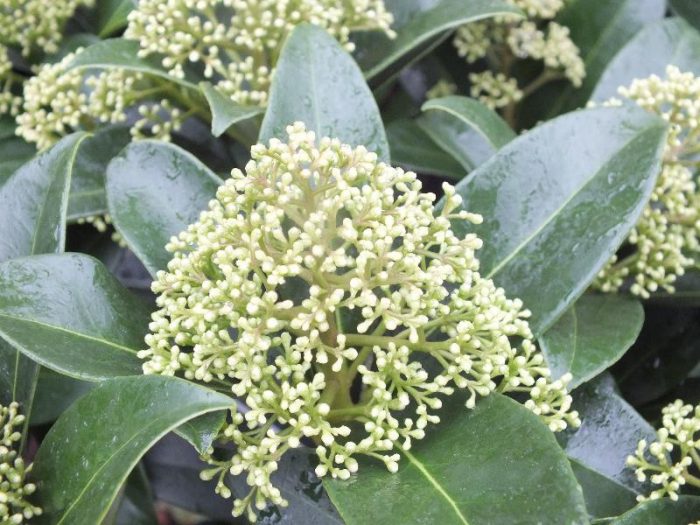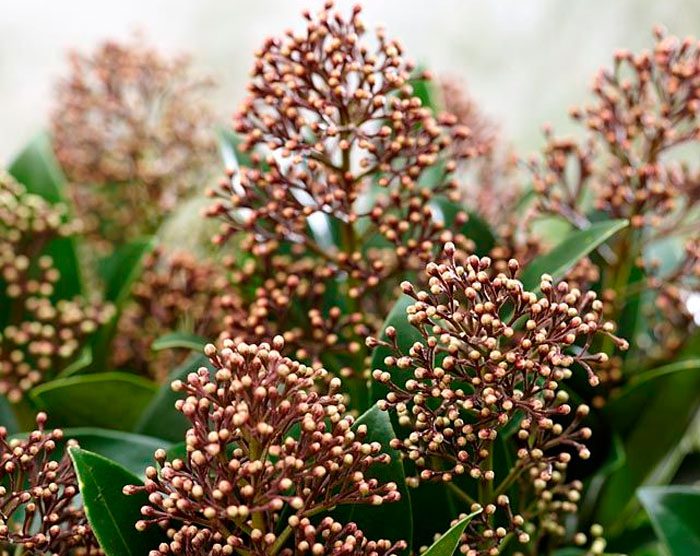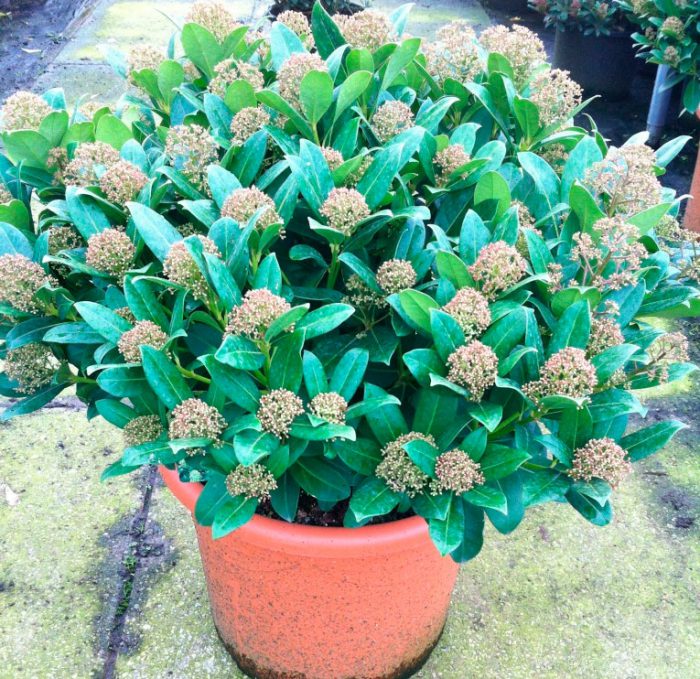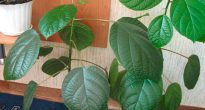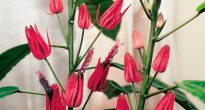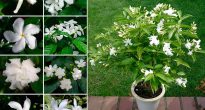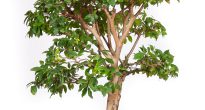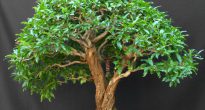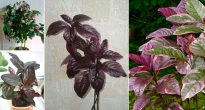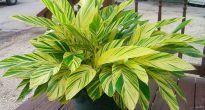Evergreen shrub skimmia (Skimmia) is directly related to the Rutaceae family. He comes from Southeast Asia, as well as Japan.
This shrub has a dome-shaped crown, and its height does not exceed, as a rule, 100 centimeters. Entirely dense shiny oblong leaves are externally similar to laurel. The color of the front side is dark green, and the back side is pale green. It happens that there is a reddish edging on the leaf plates. The length of the leaves can vary from 5 to 20 centimeters, and the width is 5 centimeters. There are glands on the seamy surface of the leaves, and they are clearly visible in the lumen. If you touch them, the leaves become fragrant. Dense panicle inflorescences bear small flowers with a sweet smell. The fruit is a red drupe containing only 1 seed.
Such a shrub has a spectacular appearance throughout the season. At the beginning of the spring period, flowers form on it, and in the fall, berries of a deep red color appear. The fruits on the skimmy can last the entire winter. Often flowers, buds and last year's fruits flaunt on such a plant at the same time.
Skimmia care at home
Illumination
A bright light is needed, but at the same time it must be diffused. Such a plant can be grown in partial shade, but in this case its stems will become elongated, and some of the foliage may fall off. It is necessary to protect from direct rays of the sun, because they can leave severe burns on the surface of the foliage.
Temperature regime
This shrub simply needs fresh air. In this regard, experts advise to move it outside during the warm season. In winter, it feels best in the cool (no more than 10 degrees).
Humidity
It grows and develops normally at low air humidity, which is inherent in city apartments.
How to water
In spring and summer, the plant needs regular watering, while the soil should be slightly moistened all the time. In winter, watering is reduced, especially if the wintering is cold.
Top dressing
Fertilizers are applied to the soil from April to September 2 or 3 times in 4 weeks. For this, fertilizer is used for flowering plants.
Transplant features
The transplant is carried out annually in the spring, while the capacity should be proportionate to the shrub.
A suitable soil should be acidic, humus-rich and well-drained. Reacts negatively to lime content in soil. To prepare the soil mixture, it is necessary to combine loam, peat and sand.
Reproduction methods
Can be propagated by cuttings and seeds.
Before sowing, the seeds must be stratified (low temperature treatment). Sowing is carried out in a mixture of peat and sand, the pH of which is 5–5.5. The container is placed in a cool place.
Rooting is carried out in August-February and for this they use semi-lignified cuttings. They should be treated with drugs that stimulate root formation, and then planted in the sand. Favorable temperature - from 18 to 22 degrees.
Pests and diseases
The plant can settle scabbards, aphids and spider mites... Panonychus citri is the most dangerous. This type of pest affects citrus crops. Such a shrub can get sick with grape powder or powdery mildew.
Main types
Japanese skimmia (Skimmia japonica) - the height of such a dioecious plant can reach from 100 to 150 centimeters. To get berries from this type of skimmy, you will need to plant a female and a male plant nearby. Small, star-shaped female and male flowers are collected on different plants in apical panicle inflorescences. Flowering begins in March or April. By the beginning of the autumn period, glossy red berries are formed on the bush.
Most popular varieties:
"Rubella"
Purple leaf plates, flower buds are dark red in color, and exclusively male white flowers have yellowish anthers.
"Foremanii"
This is a hybrid plant with female flowers, large, spectacular bunches of berries are formed on it.
"Magic Merlot"
On the surface of the variegated leaf plates there are many yellowish strokes, the buds are bronze in color, and the flowers are cream.
"Fructo Alba"
The berries are white.
"Fragrans"
The flowers have a lily of the valley scent.
"Smits Spider"
Green buds become mango-colored by November.
Brocox Rocket
Large, ball-shaped inflorescences consist of green flowers, which begin to turn white in November.
Skimmia reevesiana
This dwarf plant is self-pollinated. It has both male and female fragrant flowers, painted in light white. The fruits are represented by oval raspberry-colored berries.

